Panama Purple Rose 40% Rose Summer Origin Information 40% Rosa + 60% Kaddura Origin Formula beans
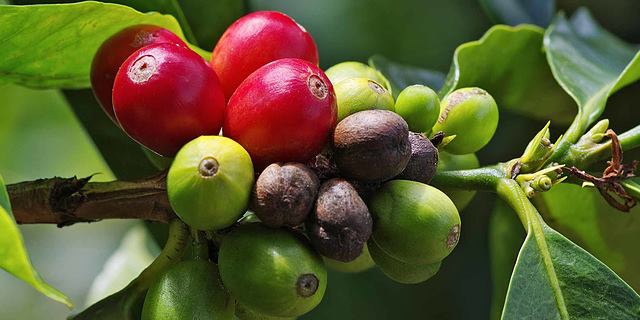
For professional baristas, please follow the coffee workshop (Wechat official account cafe_style)
The Origin and background of 40% Rose Summer in Panama Purple Rose
Panamanian coffee originated in 1780, when European immigrants introduced the first Typica tree species. Located in Central America, with the natural advantages of sunshine, land and high mountains, coupled with a sufficient working population, it is an area where fine quality coffee is grown and produced. The Pokuit producing area is the oldest and most famous coffee producing area in Panama, which is located on the plateau at an altitude of about 1000-2000 meters to the east of the Baru volcano. Among them, the "Baru Volcano National Park" (VolcanBaruNational Park) is an ecological conservation area, with rich biodiversity and seven kinds of microclimates. Coupled with the year-round mist, abundant rainfall creates good local planting conditions, giving Bogut coffee a unique aroma and planting rosy summer coffee. What's more, it drives the trend of global attention to boutique coffee. During the harvest season, coffee farmers will use water washing and sun drying to make coffee beans full of pure flavor. This batch has 40% rosy summer ingredients per kilogram. The unique cherry sweetness with rosy summer dream fruit aroma is beyond the level, making the cup tester's amazing sweet tail rhyme, worth a try.
The Pokuit producing area (Boquete), which is cool at night without frost damage, dry and sunny during the day, is deeply affected by the microclimate of the Pacific and Atlantic currents, with abundant rainfall and distinct dry and wet rainy seasons; in addition, lava in the volcanic zone is rich in minerals, fertile volcanic black nutrients are abundant, good drainage is also quite good, and unique soil conditions.
To form an excellent organic planting environment!
The coffee produced here has many levels of richness and charming flavor, thanks to the excellent microclimate.
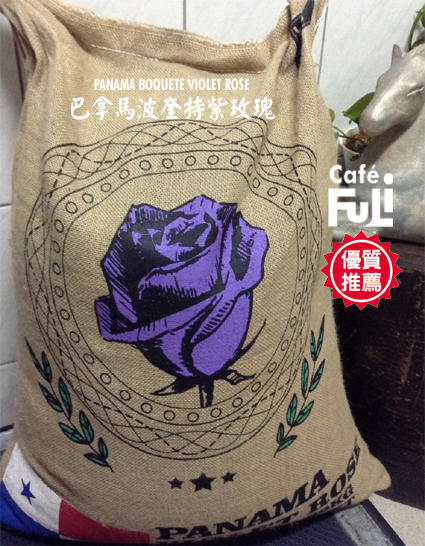
Baru volcano in Panama
With a unique microclimate and volcanic topography, it is the highest mountain in Panama, with a main peak of 3474 meters (11398 feet) above sea level and the highest peak in Panama. The volcano stretches about 35 kilometers along the border with Costa Rica. During the growing period, Rain Water has a clear dry and wet season, and the black soil is both fertile and well drained, which makes the ecological environment rich and the smell of coffee particularly attractive. This batch is the Bokui specialty area (Boquete). The coffee produced in this area has the highest coffee production and the best quality in Panama.
40% rose summer + 60% Kaddura origin formula beans
This batch of Panamanian purple rose (Panama Violet Rose) washed rose summer (geisha) formula coffee beans, produced in the volcanic valley of the traditional Panamanian boutique bean production area, coffee trees are planted in shaded forests, is a rare high-quality Panamanian boutique coffee beans, is carefully prepared by geisha and other varieties, what is the percentage that many people care about geisha?
It is difficult to answer that this batch of importers marked the Rosa ratio as 40%. This batch of raw beans is made from a geisha (geisha) of Panamanian origin and carefully prepared by local Panamanian manufacturers, so it is worth buying and tasting.
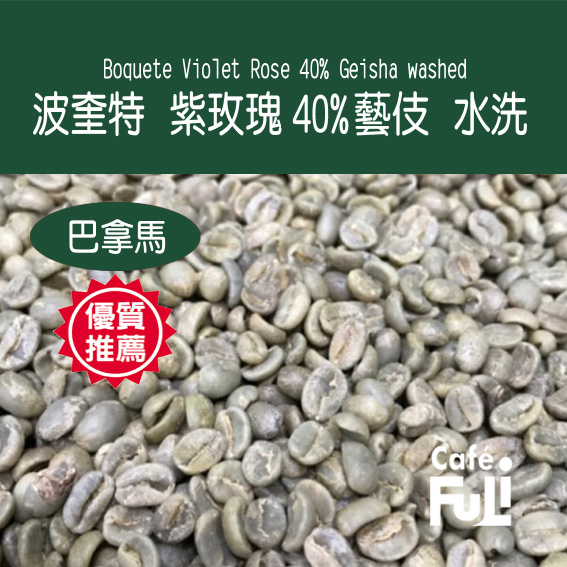
Panamanian Purple Rose 40% Rose Summer Coffee Flavor description
Producing area: Poquette Boquete
Treatment: washing treatment
Grade: SHB EP
Altitude: 1400-1600m
Varieties: 40% Rosa, Kaddura (formula beans of Panamanian origin)
Flavor: green apple, cherry, citrus, caramel, berries, elegant flowers, sweet honey cream, full, rich, juicy, sweet taste
Important Notice :
前街咖啡 FrontStreet Coffee has moved to new addredd:
FrontStreet Coffee Address: 315,Donghua East Road,GuangZhou
Tel:020 38364473
- Prev
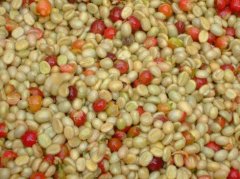
Kaduai Coffee Tree is the main species of Brazilian coffee.
Catuai (Catuai): it is also an Arabica hybrid, a hybrid of New World and Kaddura, which helps inherit the advantage of low stature of Kaddura tree and changes the disadvantage of the new world. Another advantage is that the result is solid and it is not easy to fall off in case of strong wind, which makes up for the weakness of Arabica fruit, but the overall flavor is more monotonous than Kaddura.
- Next
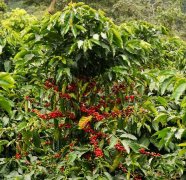
The Cocoa River Cooperative in San Juan, Nicaragua introduces the difference between light baking and deep baking of Nicaraguan elephant beans.
For the exchange of professional baristas, please follow the coffee workshop (Wechat official account cafe_style) Nicaraguan Elephant Bean background introduction Nicaraguan coffee is not well known in China in recent years, except for the traditional high altitude typical tree species Elephant beans (Maragogype) and Java tree beans, general coffee lovers seldom mention him, in fact, the growing conditions of Nicaraguan coffee
Related
- Detailed explanation of Jadeite planting Land in Panamanian Jadeite Manor introduction to the grading system of Jadeite competitive bidding, Red bid, Green bid and Rose Summer
- Story of Coffee planting in Brenka region of Costa Rica Stonehenge Manor anaerobic heavy honey treatment of flavor mouth
- What's on the barrel of Blue Mountain Coffee beans?
- Can American coffee also pull flowers? How to use hot American style to pull out a good-looking pattern?
- Can you make a cold extract with coffee beans? What is the right proportion for cold-extracted coffee formula?
- Indonesian PWN Gold Mandrine Coffee Origin Features Flavor How to Chong? Mandolin coffee is American.
- A brief introduction to the flavor characteristics of Brazilian yellow bourbon coffee beans
- What is the effect of different water quality on the flavor of cold-extracted coffee? What kind of water is best for brewing coffee?
- Why do you think of Rose Summer whenever you mention Panamanian coffee?
- Introduction to the characteristics of authentic blue mountain coffee bean producing areas? What is the CIB Coffee Authority in Jamaica?

